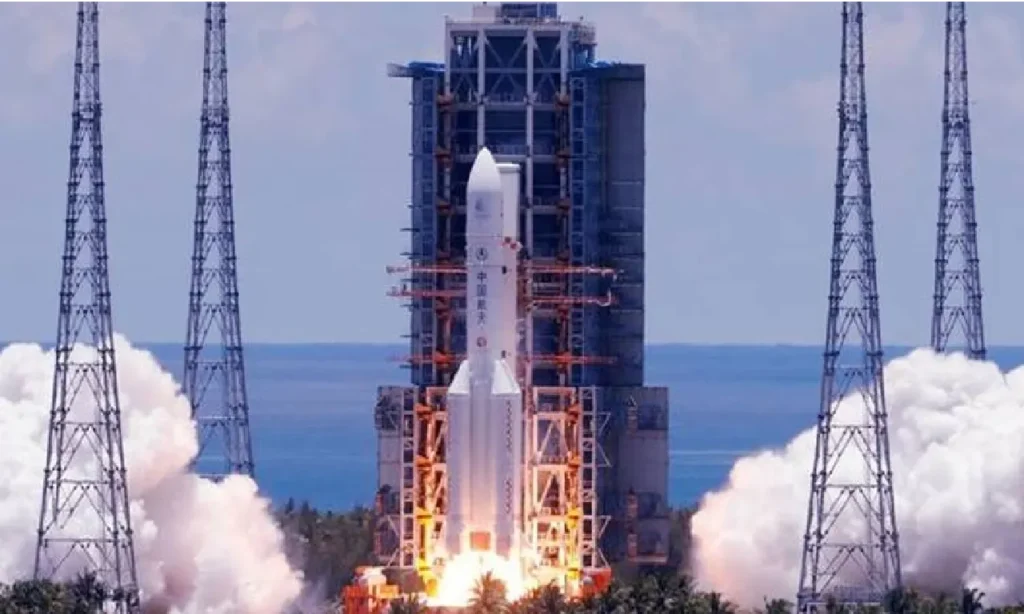Historic Partnership
Landmark Pakistan’s Inaugural Lunar Mission Is Launch. China’s latest space mission, Chang’e-6, heralds a new era of collaboration between China and Pakistan in space exploration. This landmark moment sees the launch of Pakistan’s first satellite mission to the moon, iCube Qamar, aboard China’s Chang’e-6 spacecraft.
Joint Development Efforts
The development of iCube Qamar represents a significant milestone in the partnership between Pakistan’s Institute of Space Technology (IST). China’s Shanghai University, and Pakistan’s national space agency SUPARCO. This joint effort underscores the shared commitment to advancing space exploration capabilities.
Launch Day Spectacle
On the day of the launch, spectators gathered to witness the historic event as the Chang’e-6 lunar probe lifted off atop the Long March-5 Y8 carrier rocket from the Wenchang Spacecraft Launch Site in Hainan Province, China. The sight of the spacecraft ascending into the heavens symbolized the beginning of a new chapter in space exploration.
Unprecedented Research
The mission’s primary objective is to collect and return samples from the moon’s far side. A feat never before accomplished in human lunar exploration history. By venturing into uncharted territory, Chang’e-6 promises to unlock new insights into the moon’s composition and evolution. furthering our understanding of the cosmos.
Exploring Lunar Frontiers
Named after the mythical Chinese moon goddess. Chang’e-6 embarks on a mission to explore the South Pole-Aitken Basin on the moon’s far side. This endeavor represents a continuation of China’s pioneering efforts in lunar exploration and promises to yield valuable insights into the moon’s composition and evolution.
Unprecedented Scientific Endeavor
The primary objective of the Chang’e-6 mission is to collect and return samples from the moon’s far side—a feat never before achieved in human lunar exploration. By conducting groundbreaking research in uncharted territory, the mission aims to expand our understanding of the lunar surface and its significance in cosmic evolution.
Global Collaboration
In a testament to the spirit of international cooperation, the Chang’e-6 mission carries payloads from various countries. Including the European Space Agency, France, Italy, and Pakistan. These collaborative efforts enhance the mission’s scientific capabilities and foster a sense of solidarity in the pursuit of knowledge beyond Earth.
Charting the Future
As China and Pakistan embark on this historic journey into space. They set the stage for future collaborations and discoveries that will shape the future of space exploration. Through shared expertise and resources, these nations strive to unlock the mysteries of the cosmos and inspire generations to come.
Looking Ahead
As China continues its ambitious space exploration endeavors. The Chang’e-6 mission stands as a testament to the nation’s commitment to pushing the boundaries of scientific discovery. With each successful mission, China solidifies its position as a global leader in space exploration, inspiring nations around the world to reach for the stars.
Conclusion
Landmark Pakistan’s Inaugural Lunar Mission Is Launch: The launch of China’s Chang’e-6 probe with Pakistan’s iCube Qamar satellite marks a significant milestone in the realm of space exploration. As these two nations forge ahead in their quest to unravel the secrets of the universe. They demonstrate the power of collaboration and the boundless potential of human ingenuity in reaching for the stars.




